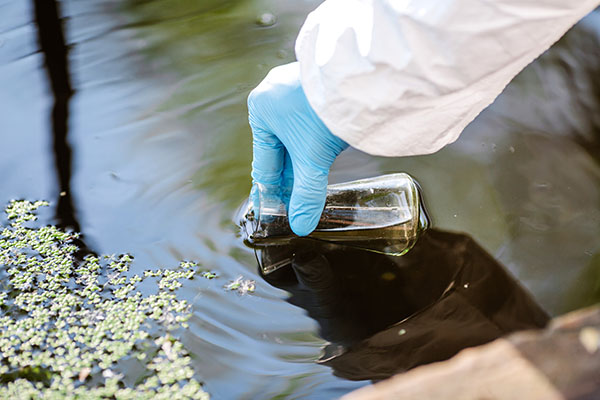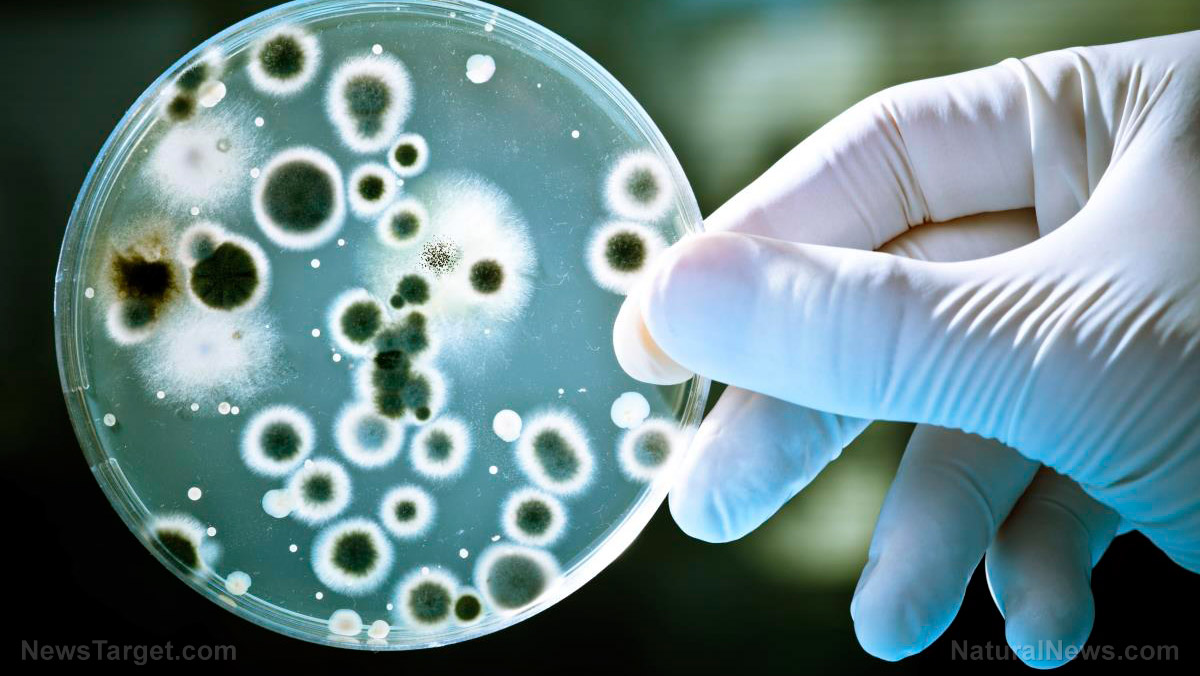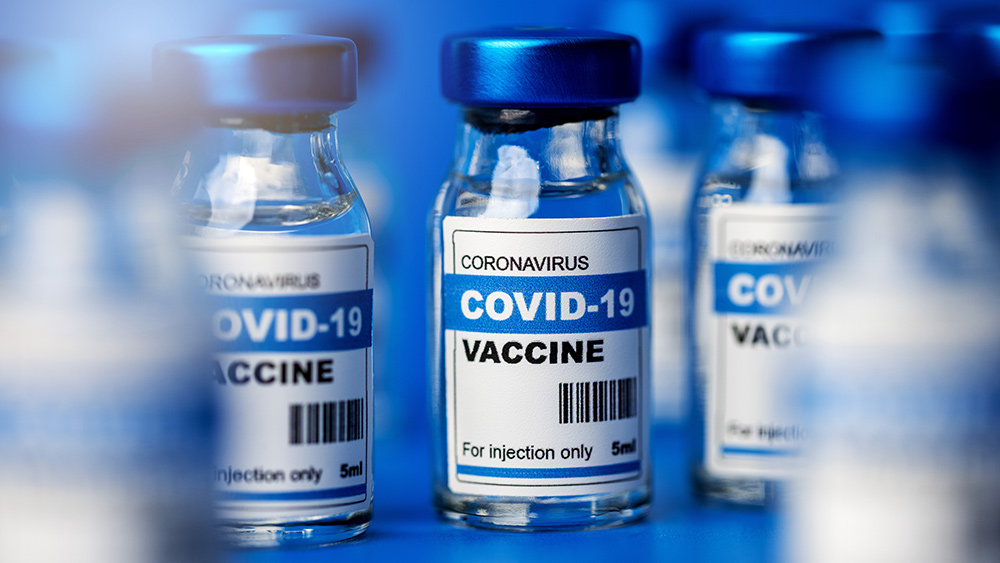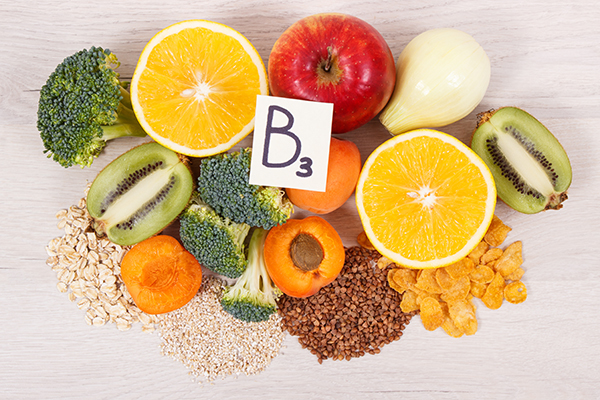Solar-powered water purification film could revolutionize access to clean drinking water worldwide
10/07/2025 / By Lance D Johnson

For billions of people, finding safe drinking water isn’t just inconvenient—it’s a daily struggle that determines survival. Contaminated water kills more children than war, yet solutions remain scarce in remote and impoverished regions where infrastructure fails. Now, a breakthrough solar-powered film promises to turn polluted water into a safe resource, harnessing sunlight to obliterate bacteria with unprecedented efficiency—even on cloudy days. This isn’t just innovation; it’s a lifeline for millions.
Key points:
- A new self-floating photocatalytic film eliminates over 99.99 percent of bacteria in contaminated water, even in low sunlight.
- Unlike conventional methods, the film generates long-lasting oxygen-centered organic radicals (OCORs) that remain active for 14 minutes, far longer than typical reactive oxygen species.
- The technology is reusable, portable, and cost-effective, making it ideal for disaster zones and off-grid communities.
- Current solutions like chlorination and UV treatment have major drawbacks, including toxic byproducts and high energy demands.
- Researchers estimate the film could provide safe water for 4-5 adults daily with minimal maintenance.
A radical solution to a deadly problem
Every year, two million lives are lost to waterborne diseases—most of them children under five. Traditional purification methods often fail where they’re needed most: rural villages, refugee camps, and areas recovering from natural disasters. Chlorination leaves behind harmful chemicals; UV treatment requires electricity; and solar disinfection (SODIS) can take up to 48 hours—far too slow in emergencies.
Chlorine, for one, poses severe health risks that outweigh its benefits. While it kills pathogens, excessive chlorination causes genetic damage, increasing cancer risks—particularly bladder cancer—as medical studies confirm. Chlorine reacts with organic matter to form toxic byproducts like trihalomethanes (THMs), linked to organ damage, endocrine disruption, and reproductive harm. Moreover, chlorine fails to eliminate all contaminants, including pharmaceutical residues and heavy metals, while destroying beneficial gut bacteria essential for immunity.
Enter the self-floating photocatalytic film, developed by researchers at Sun Yat-sen University. Unlike earlier attempts, this ultrathin material doesn’t rely on fleeting reactive oxygen species (ROS) that vanish in microseconds. Instead, it produces OCORs, radicals that persist long enough to dismantle bacterial cell walls and prevent regrowth for days. In lab tests, the film wiped out E. coli and Staphylococcus aureus in just 40 minutes, even in murky water under weak sunlight.
The secret lies in the film’s conjugated polymer photo-catalyst (Cz-AQ), engineered to maximize radical longevity. Most water purification systems fail under low light, but this film thrives, accumulating radicals over time like a slow-charging battery. Once activated, it floats atop contaminated water, requiring no pumps or filters—just sunlight.
What’s more, it’s reusable at least 50 times, a game-changer for communities that can’t afford disposable solutions. Unlike graphene or titanium dioxide-based systems, it doesn’t degrade with use, making it both sustainable and affordable.
A future without waterborne disease?
For decades, global health initiatives have poured billions into centralized water treatment plants—yet 4.4 billion people still lack reliable access. This film offers a decentralized alternative, empowering individuals to purify their own water without relying on fragile infrastructure.
Imagine disaster responders deploying these films in flood zones, or nomadic tribes carrying them like lightweight survival tools. The implications stretch beyond crisis relief—this could permanently alter how the world tackles water scarcity.
Scaling production and ensuring affordability will be critical. While the film’s materials are cost-effective, mass distribution to the neediest regions requires political will and investment. Corruption and logistical hurdles have stalled similar innovations before. Yet, if successful, this technology could outpace Big Pharma’s grip on public health by preventing disease before it starts—no vaccines, no drugs, just clean water, with the added bonus of eliminated water borne pathogens.
In a world drowning in pollution and inequality, this solar-powered film offers hope for a healthier future. For the first time, a truly portable, sustainable, and effective water purification method exists. The question isn’t whether it works, but how quickly it can reach those who need it most.
Sources include:
Submit a correction >>
Tagged Under:
breakthrough, clean water, discoveries, environmental science, future science, green living, inventions, off-grid solutions, photocatalytic film, real investigations, research, solar power, survival tools, sustainable technology, water purification, water supply
This article may contain statements that reflect the opinion of the author
RECENT NEWS & ARTICLES
COPYRIGHT © 2017 REAL SCIENCE NEWS




















